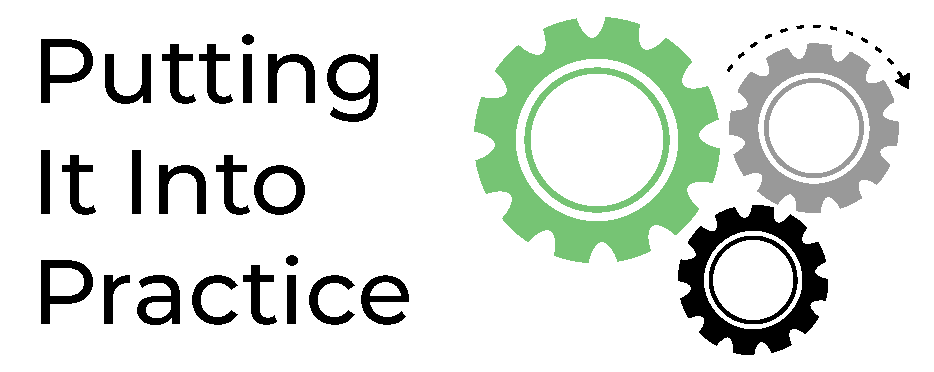Problem: Too many high school graduates begin college in remedial math courses.
Solution: Implement transitional math courses for high school seniors.
I don’t believe in magic bullets in education. There simply are no one-size-fits-all quick solutions to big problems. Transitional math isn’t a quick or easy fix, and it’s not for every student. But it definitely does solve a problem for many students and often, it’s the students who need a solution the most.
So, what is transitional math? These are courses for high school seniors that provide college-level placement into entry-level math courses. Many high schools and colleges have done some sort of transitional course for years, but often the courses were just traditional remedial courses offered in high schools. Placement might have been included, sometimes through a dual enrollment process or a course grade or a final assessment. The results were moderately positive, but in most cases, about the same as the results of students at colleges who went from remedial courses to college-level courses.
“The result is a positive math experience for students during and after their senior year.”
True transitional math goes several steps further. It employs new content and curricular approaches, often using contextualized curriculum to engage students and improve their understanding. It integrates placement into college-level courses using a grade in a high school class. The courses align with math pathways at colleges. And the courses integrate the student and math success skills needed to be successful in their outcome math course but also college in the broader sense.
The result is a positive math experience for students during and after their senior year. Students save money and time and get placement into college math so that they hit the ground running. Colleges get more college-ready students, have fewer students in remediation, and often have greater completion rates. It’s a win-win. So, what’s the catch?
The challenge is that it requires a K-12 to higher education partnership. It requires multiple administrators, faculty, and student support professionals working together. It requires a lot of trust and cooperation. Simply put, it’s a lot of work and the work is complex. I know firsthand because I led the state of Illinois as it implemented required transitional math courses for every high school. It’s the hardest work I’ve done in my career and without question, the most rewarding.
In upcoming blogs, I’ll delve more into transitional math issues like getting started, overcoming challenges, curricular approaches, and more. I bring a strong level of expertise on this subject and soon, I will share a new member of the Almy Education team who also brings expertise in this area through his work with many states. There is much more to come.

Whether you are a policy maker, administrator, or teacher, determine your current status with transitional math in your state or school. To make change and improve, it is essential to know the starting point. What are your current practices for seniors? Are they working or could they use improvement?
Next time: How Illinois is tackling transitional math







